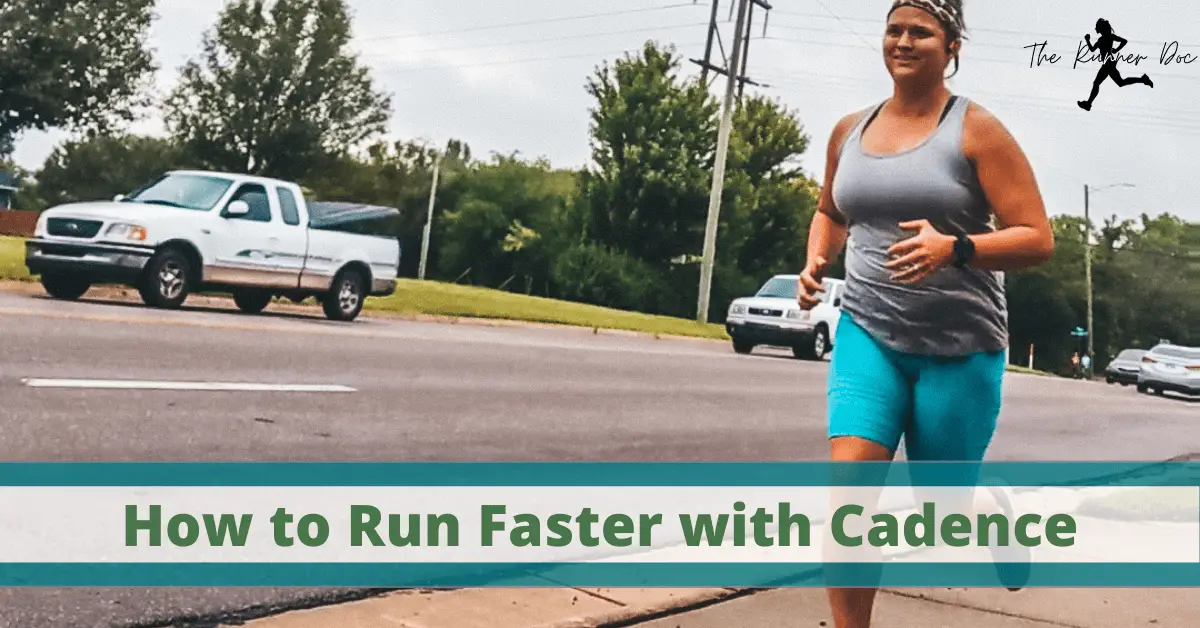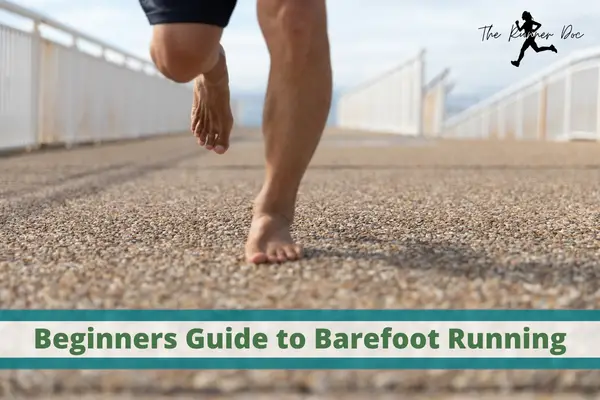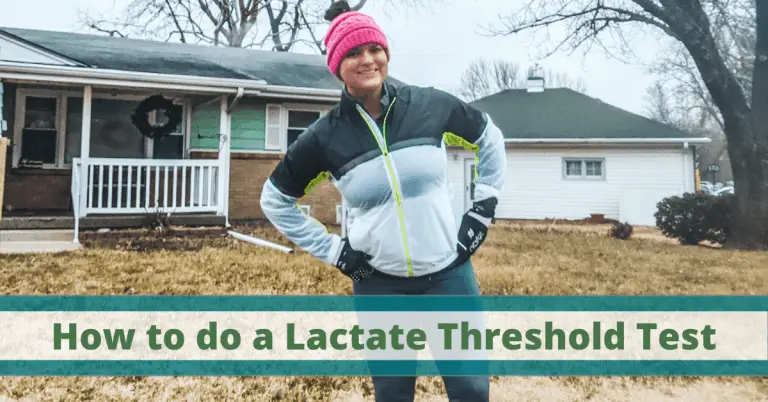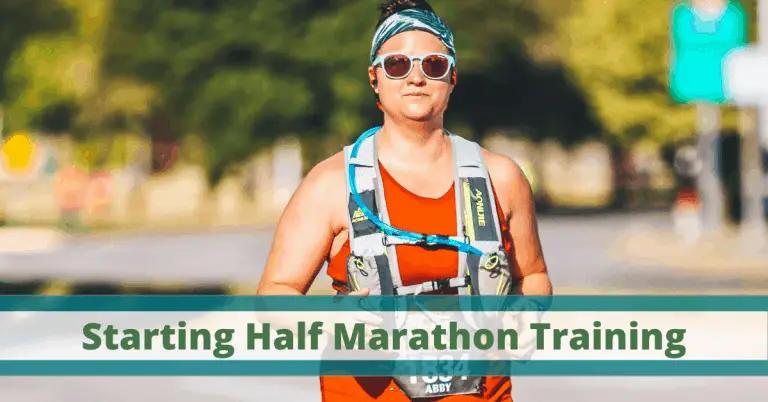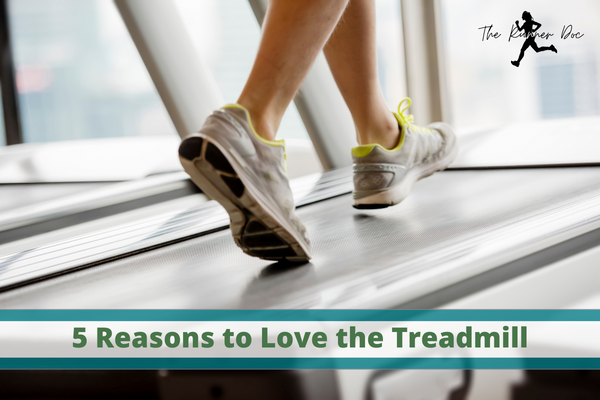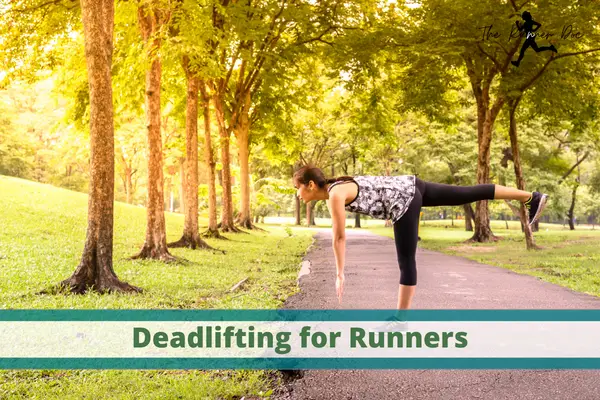How to Run Faster by Improving Running Cadence
Improve Cadence to Run Fast
We have all been there. Some of us are currently there and always there. I know I’m always working on getting faster. Getting faster can be a challenging task though with running. There is speed work, form, hills…the list can go on and on. Cadence however is the key here. Cadence is one of those more beneficial numbers to pay attention to on your Garmin when you are trying to improve your running performance. So you probably want to know…how to run faster with improving your cadence right?
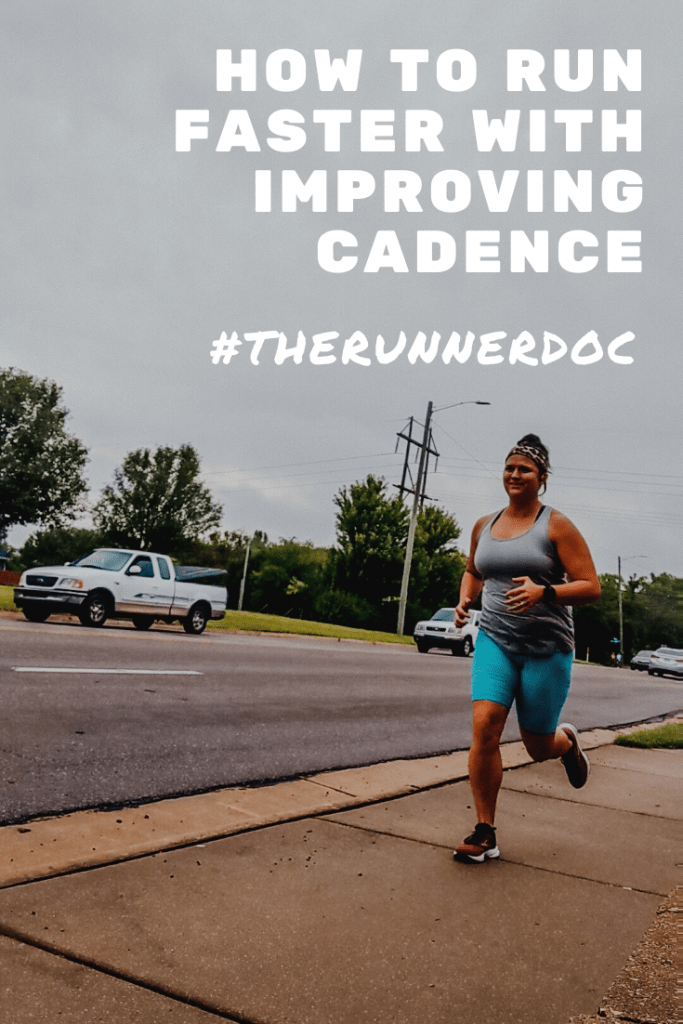
Some running stats are important to pay attention to and others we can get away with not stressing about so much. Cadence is one of those numbers that is particularly more beneficial to focus on if you are looking to improve your running performance. What is cadence? Simply put, it’s the number of steps you take per minute. I
In running, they say the higher the better, but an exact number to aim for is really the unknown. The standard goal you’ve probably heard of is 180 SPM, but the true ideal number can vary depending on your age, weight, height, leg length, foot strike pattern, and the type of run you are doing. Slower, easy runs will have a much lower cadence than your speed sessions and race-paced runs.
What is Running Cadence
Cadence is the number of steps that you take per minute. The standard that you have probably heard is 180 SPM but I don’t necessarily agree with that number. The number can change depending on your height, weight, age, leg length, foot strike pattern, and the type of run workout that you are doing. Speed vs tempo vs slow easy runs.
Some runners believe that they should lengthen their stride as much as possible to cover more ground but that actually will cause injury and I will be diving more into over-striding soon.
You actually want to do the opposite to be faster and more efficient. Leg turnover speed, or cadence, will help you run faster and more efficiently. I’m all for more efficiency. It means going faster will be easier!
Why Should I Improve My Cadence?
1. Decreased Injury Risk from a Higher Run Cadence
It is probably safe to say that we are all looking to decrease our injury risk. First of all, who wants to get injured and not be able to run? Second, you are here. On a blog mainly about reducing injury so I’d like to think this is a common denominator!
Most of us also probably know that having proper running form is one of the big ways to avoid getting injured. But where does cadence come in? As with a lot of things that I talk about here and on Instagram, our running form is directly affected by cadence. If we are over-striding we have a slower cadence if we are under-striding our cadence is typically faster. If we focus on improving your cadence you will naturally improve your running form. Improved running form = decreased injury risk.
2. Run Faster with a Higher Running Cadence
It seems logical to me that quick steps will lead to faster running, not only because you are taking faster steps but because this improved running form increases your efficiency. Increased cadence causes you to spend less time in the air and more time propelling yourself forward.
3. Run a Better 10k or any Race really!
Most runners have the goal of getting out there for a race. It is an adrenaline spike and a way for us to put our competitive natures to the task. But where do we start? First, with improving running cadence. Then with a good 10k training plan.
By doing a couch to 10k training plan as David has created over at The Runner’s Blueprint and applying the following tips to getting your running cadence improved you will be well on your way to an awesome race day, and many more to come!
How Do I Improve My Running Cadence for Beginners?
First, you need to find out what your current cadence is, what is your starting point? Remember that your cadence will vary based on the type of run you did. You can find this through most running apps that connect to your watch (most Garmin models have this data for you).
If you don’t have these details on your fitness data you can count how many steps you take with your right foot for 30 seconds and then multiply that by 4. Make sure you do this a few times and take the average to be the most accurate. Also, figure your cadence for both your faster runs and your slow easy runs.
The 10% rule. I’m not a huge fan of this rule in most applications but it is a good starting point for usually.
Once you have your cadence measure for both faster running and easier running, start by making a goal of a 10% increase. Let’s use me for an example. My starting cadence number is 168 SPM, then I’m going to set a goal of 185 SPM. This is a pretty quick cadence and decent change. Remember to be patient and not to expect a change overnight! It can take several weeks or months to increase your cadence this much!
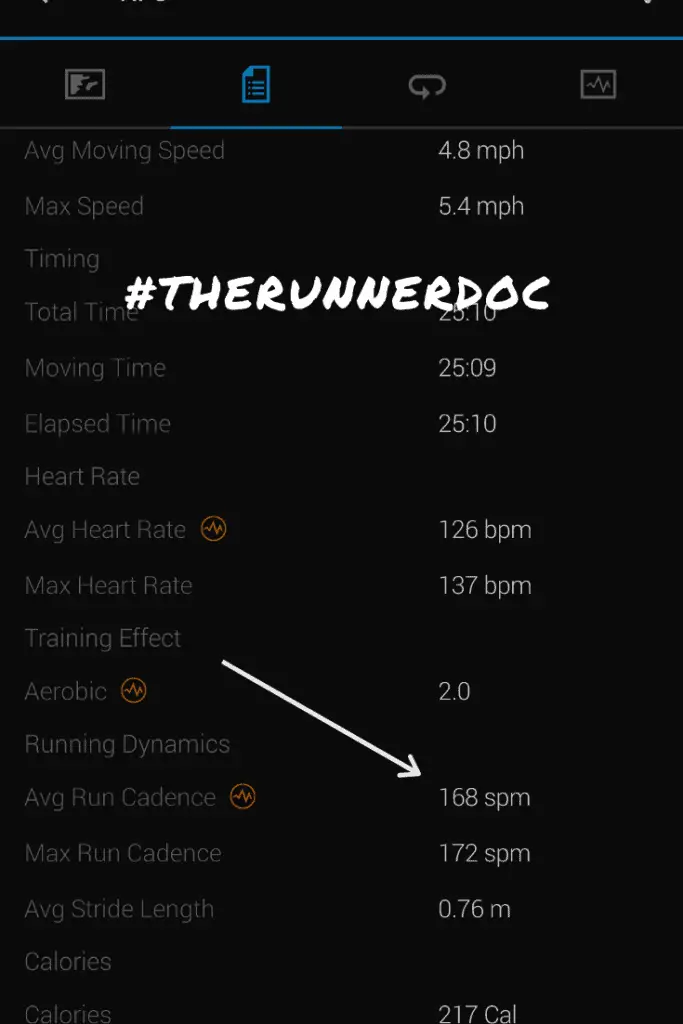
Exercises to Increase Run Cadence
- Don’t practice your faster cadence for an entire run and on all of your runs!
- Start by focusing on a minute at a time during a few easy runs per week.
- Warm-up first, then practice taking quick steps for one minute, followed by 3 to 5 minutes of your regular cadence not focusing on it at all.
- Start by focusing on a minute at a time during a few easy runs per week.
- Think of running over hot coals.
- Work on quickly picking up the feet right when they hit the ground. You will see that this method naturally creates shorter strides and brings your feet to land directly underneath the body rather than in front. Yes, you will look and feel awkward at first. But over-exaggerating helps your body naturally fall into the right form.
- Warm-up with high knees.
- If you aren’t warming up with drills you need to start NOW!! If you don’t know how to be on the lookout for a post soon about warming up and what to do!
- One move that’s extremely beneficial is high knees. To do you will quickly drive your knee up to your chest and alternate as fast as possible. Focus on quickly springing back up as soon as your foot hits the ground.
- Do Striders!!
- This mini version of a speed session is one of the most effective ways to improve your running form and cadence. Following a few runs a week, add in five or six sets of 20 to 30 seconds of fast running.
- These short segments are when you focus on your form and cadence. They are a staple and something that I don’t do nearly enough of. My goal is to start doing them after a run once a week and making them a habit!
When you are trying to improve your speed try to focus on taking smaller steps and not actually running faster. When you focus on the speed aspect of running you will run too hard for your prescribed pace/heart rate AND you will set yourself up for injury. If you start running faster without changing your form to help it you will end up getting hurt!
Keep Running!
Articles Related to Running Cadence
How to Eat When You are an Injured Runner
Follow me!!
AFFILIATE DISCLOSURE
As an Amazon Associate, I earn from qualifying purchases. This post may contain affiliate links. If you use these links to buy something we may earn a commission. The Site may contain links to affiliate websites, and we receive an affiliate commission for any purchases made by you on the affiliate website using such links.
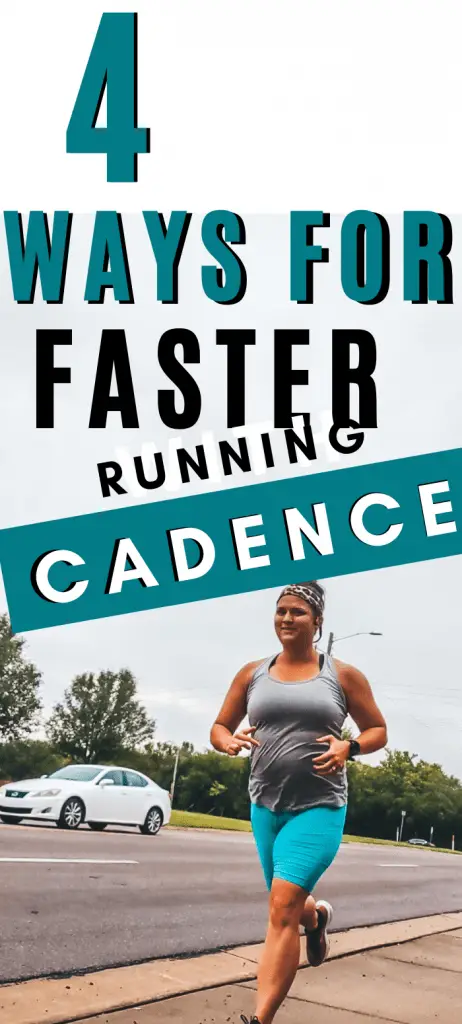
Running Cadence for Beginners
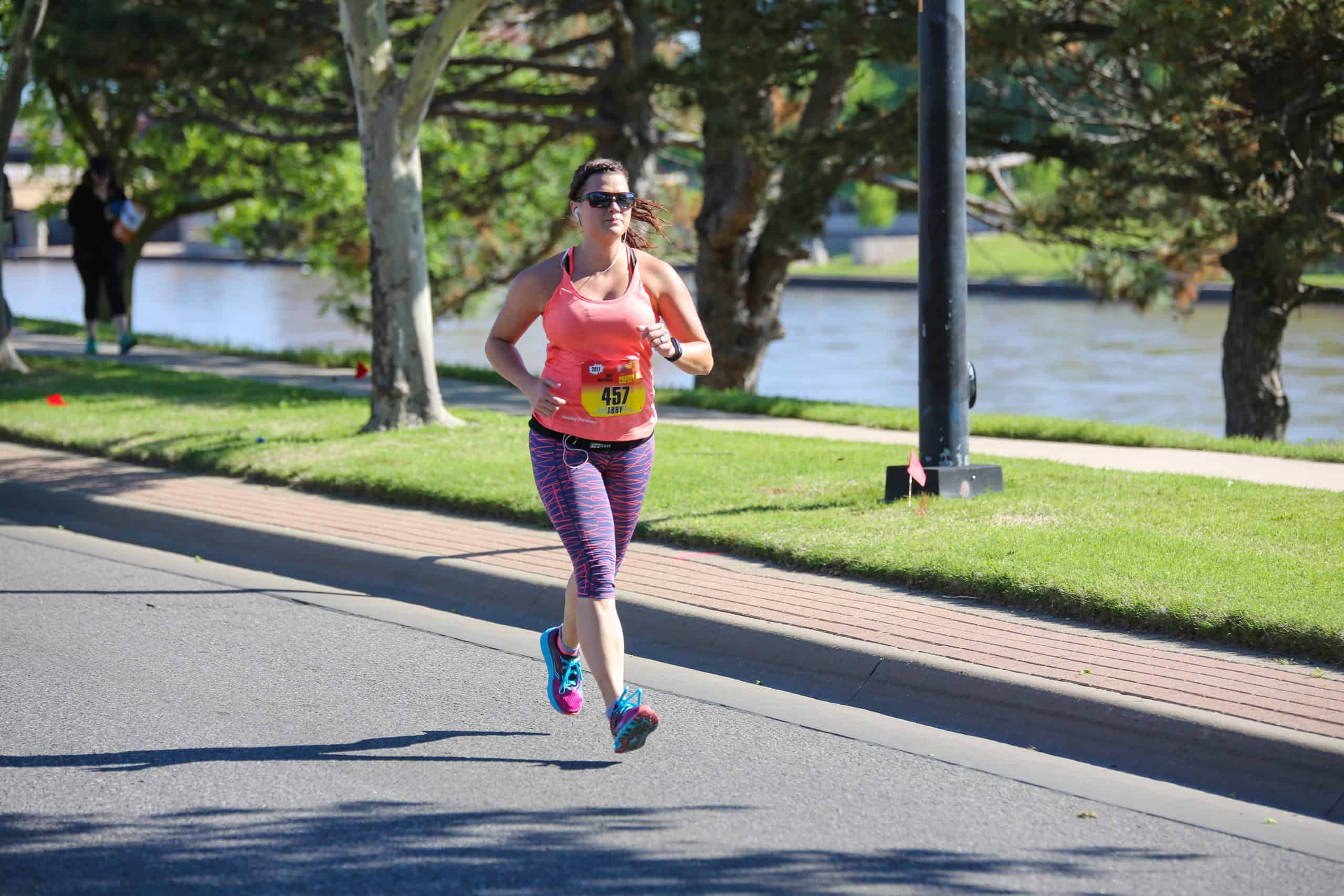
Dr. Abby Siler, PT, DPT is a Physical Therapist with 10 years of experience in a variety of settings. She has spent the majority of her time treating athletes in orthopedic clinics and worker’s compensation cases. She is a runner herself for the past 15 years and a lifelong athlete. Dr. Abby loves to teach runners how to stay injury free and out of her clinic.
